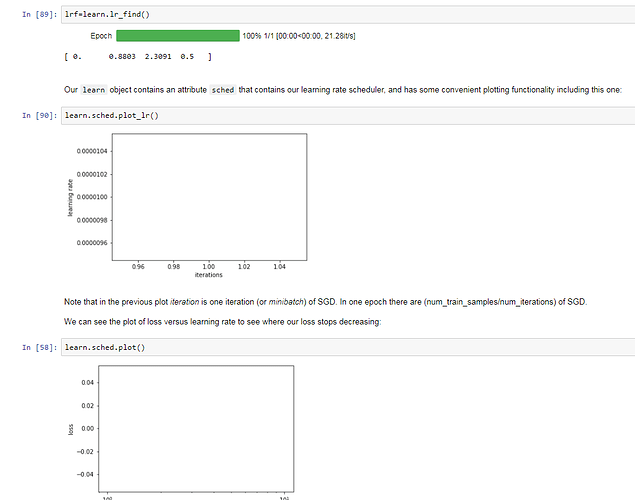I tried two different cases wherein I downloaded 10 pictures each of yachts and cruise ships in train and 5 each in valid folder. The learning rate calculation graph doesn’t work
Is there a minimum sample size for this to work. I used a similar data structure for differentiating between BMW and AUDIs and the same problem.
